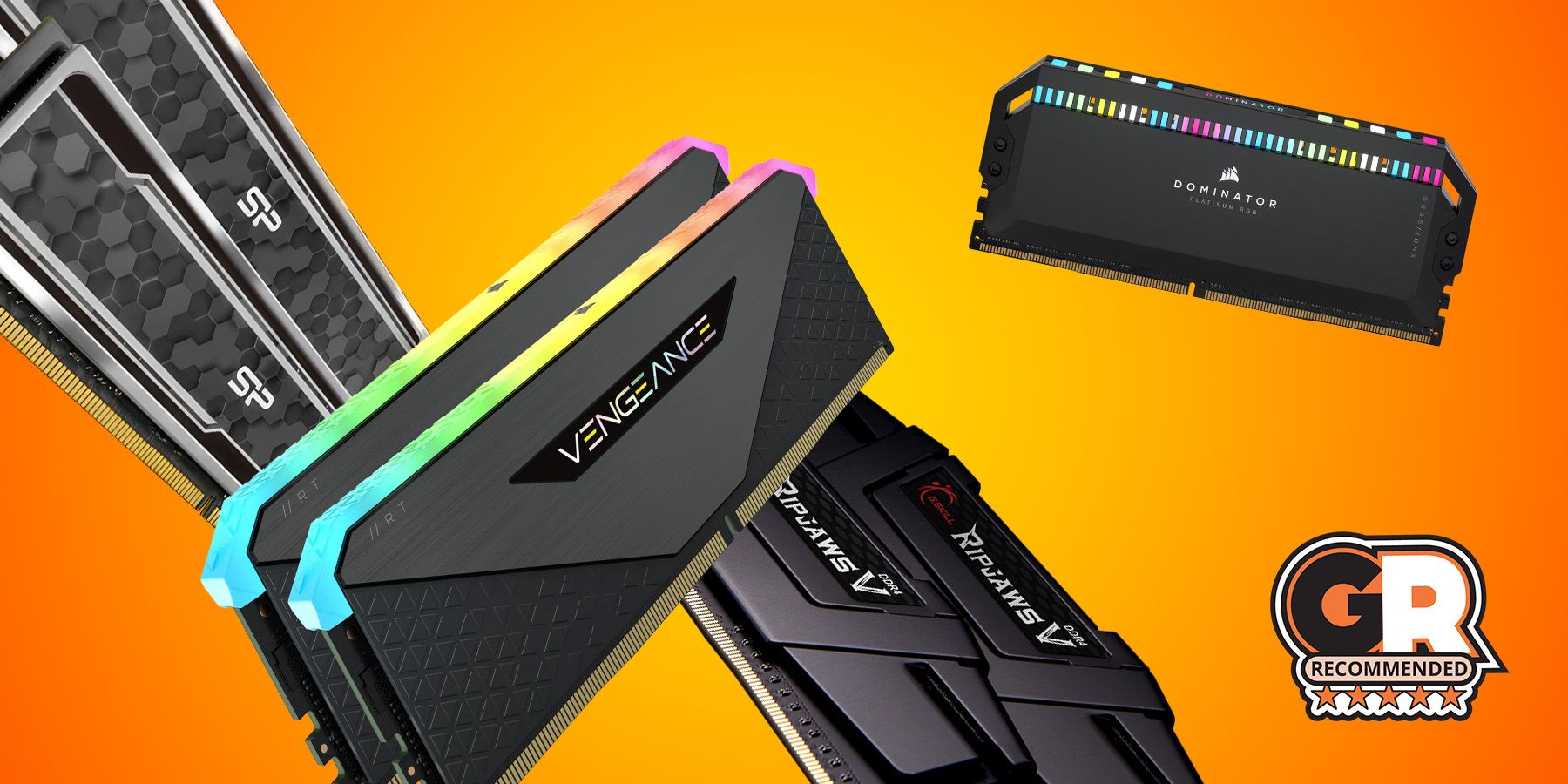Sid the Science Kid: Understanding Neurodiversity in Children’s Programming
Sid the science kid: understand neurodiversity in children’s programming
Children’s educational programming has evolved importantly over the decades, with shows progressively design to appeal to diverse learning styles and developmental patterns. PBS Kids'” SID the science kid” has spark conversations among parents, educators, and child development specialists about neurodiversity representation in children’s media.
Who is SID the science kid?
Sid the science kid is the protagonist of the eponymous PBS Kids show that premiere in 2008. Create by the Jim Henson company, the show follow SID, an inquisitive preschooler with an insatiable curiosity about how the world work. Each episode feature SID ask questions about everyday phenomena and embark on a journey of scientific discovery with his friends, family, and teacher.
The character of SID is portrayed as enthusiastic, energetic, and intensely focused on his interests — traits that have lead some viewers to question whether hdisplaysay characteristics associate with autism spectrum disord( ASD) ).
Characteristics of SID that prompt the question
Several of SID’s personality traits and behaviors have prompt viewers to wonder about his neurological profile:
- Intense focus on specific interests: Sid demonstrate deep fascination with scientific concepts and can focus intensely on topics that capture his interest.
- Question patterns: He asks numerous detailed questions and frequently persist until heunderstandsd a concept full.
- Enthusiasm and energy: Sid exhibit high energy levels and enthusiasm, especially around his favorite subjects.
- Routine appreciation: The show follow a consistent structure, with SID appreciate predictable patterns in his day.
- Sensory observations: Sid oftentimes comment on sensory experiences and make detailed observations about his environment.
The creators’ perspective
It’s important to note that the creators of SID the science kid have ne’er formally state that the character is on the autism spectrum. The show was design to encourage scientific inquiry among preschoolers, with SID serve as a relatable character for children who are course curious about their world.
Accord to statements from the Jim Henson company and PBS, SID was created to represent the natural curiosity and learning style of preschool age children. His character embody the questioning nature that many children display during this developmental stage.
Understand autism spectrum disorder
To address the question thoughtfully, it’s essential to understand what autism spectrum disorder really encompass. ASD is a neurodevelopmental condition characterize by differences in social communication and interaction, along with restricted or repetitive behaviors, interests, or activities.
Key characteristics of autism can include:

Source: pbswisconsin.org
- Differences in social communication and interaction
- Restricted or repetitive patterns of behavior or interests
- Sensory sensitivities or interests
- Preference for routine and predictability
- Intense focus on specific topics
It’s crucial to understand that autism exist on a spectrum, with individuals display a wide range of traits and abilities. No two autistic individuals present precisely the same way.
Neurodiversity in children’s programming
The conversation about whether SID display autistic traits reflect a broader interest in neurodiversity representation in children’s media. Neurodiversity refer to the concept that neurological differences, include autism, ADHD, and learn disabilities, are normal variations of the human brain kinda than deficits to be cured.
Children’s programming has progressively embraced neurodiversity, with shows lik” Daniel tiger’s neighborhood,” sSesame Street” which introduce an autistic character name juJulia)and ” ” mThomas tank engine ” f” ure characters with diverse neurological profiles. This representation help children see themselves reflect in media and promote understanding and acceptance among neurotypical viewers.
The value of diverse characters without labels
Whether or not SID was resignedly created to represent autism, his character offer valuable representation for children with diverse thinking and learning styles. Some child development experts suggest that the absence of explicit labels can be beneficial, allow children to connect with characters base on share traits without the potential limitations of diagnostic categories.

Source: pbswisconsin.org
Dr. Barry print, an autism specialist and author, note that many children’s characters display traits that could align with various neurodevelopmental conditions but serve mainly as engage personalities that connect with diverse audiences. This approach allow children to see aspects of themselves in characters without inevitably categorize those characters.
Educational value for all children
Irrespective of whether SID display autistic traits, the show offer substantial educational value for children across the neurological spectrum. The program’s focus on:
- Scientific inquiry: Encourage children to ask questions and seek answers
- Methodical investigation: Demonstrate step-by-step approaches to solve problems
- Visual learning: Use animations and demonstrations to explain concepts
- Repetition and routine: Follow consistent episode structures that reinforce learn
- Social stories: Model positive interactions with peers, family, and teachers
These elements make the show accessible and beneficial for children with diverse learning needs, include those on the autism spectrum, while remain engage for neurotypical viewers.
Parent and educator perspectives
Many parents of autistic children have note that their children specially enjoy and connect with SID the science kid. Some report that their children appreciate SID’s enthusiasm, his detailed questions, and the show’s predictable structure.
Educators work with neurodivergent students have likewise observed that the show’s format — with its clear explanations, visual demonstrations, and focus on one concept per episode — aligns fountainhead with teaching strategies oftentimes employ for children with various learning differences.
The importance of intentional representation
While unintentional representation can be valuable, the autism community progressively advocate for intentional, accurate portrayal of autistic characters in media. Show like” sSesame Street” ave work direct with autism experts and autistic individuals to ensure authentic representation.
Whether sid is autistic SIDhlights the need for more designedly creatresignedlyergent characters in children’s programming, develop with input from the communities they represent.
Beyond labels: the value of curious characters
Maybe the virtually valuable aspect of SID’s character is not whether he fit a particular diagnostic profile, but kinda how he model curiosity, persistence, and enthusiasm for learn. These traits benefit all children, disregarding of neurological differences.
Sid demonstrates that:
- Questions are valuable and worth ask
- Observations lead to understand
- Enthusiasm for learn is something to celebrate
- Different perspectives enrich investigation
- Science is for everyone
The role of media in shaping understanding
Children’s media play a significant role in shape how young viewers understand differences among people. Characters who display diverse traits, thinking styles, and behaviors help normalize variation among humans.
Whether explicitly identify as neurodivergent or not, characters like SID help children develop empathy and understanding for different ways of think and being in the world.
Conclusion: the value of the question
The question” is sSIDthe science kid autistic? ” dDoes’t have an official answer from the show’s creators. Notwithstanding, the question itself reflect grow awareness of neurodiversity and the desire for representation in children’s media.
Whether SID was resignedly created to represent autism or merely embody the natural curiosity and learn patterns of preschoolers, his characterresonatese with many children across the neurological spectrum. The show’s educational approach, with its emphasis on observation, questioning, and investigation, provide valuable learn opportunities for all viewers.
Quite than definitively label SID, may hap the about productive approach is to appreciate how his character help normalize enthusiastic curiosity, persistent questioning, and diverse learning styles — traits that enrich classroom environments and promote inclusive attitudes among young children.
Finally, SID the science kid exemplify how children’s programming can create characters that appeal to diverse audiences while promote values of curiosity, investigation, and the joy of discovery — principles that benefit all children careless of neurological profile.
MORE FROM grabjobtoday.com













